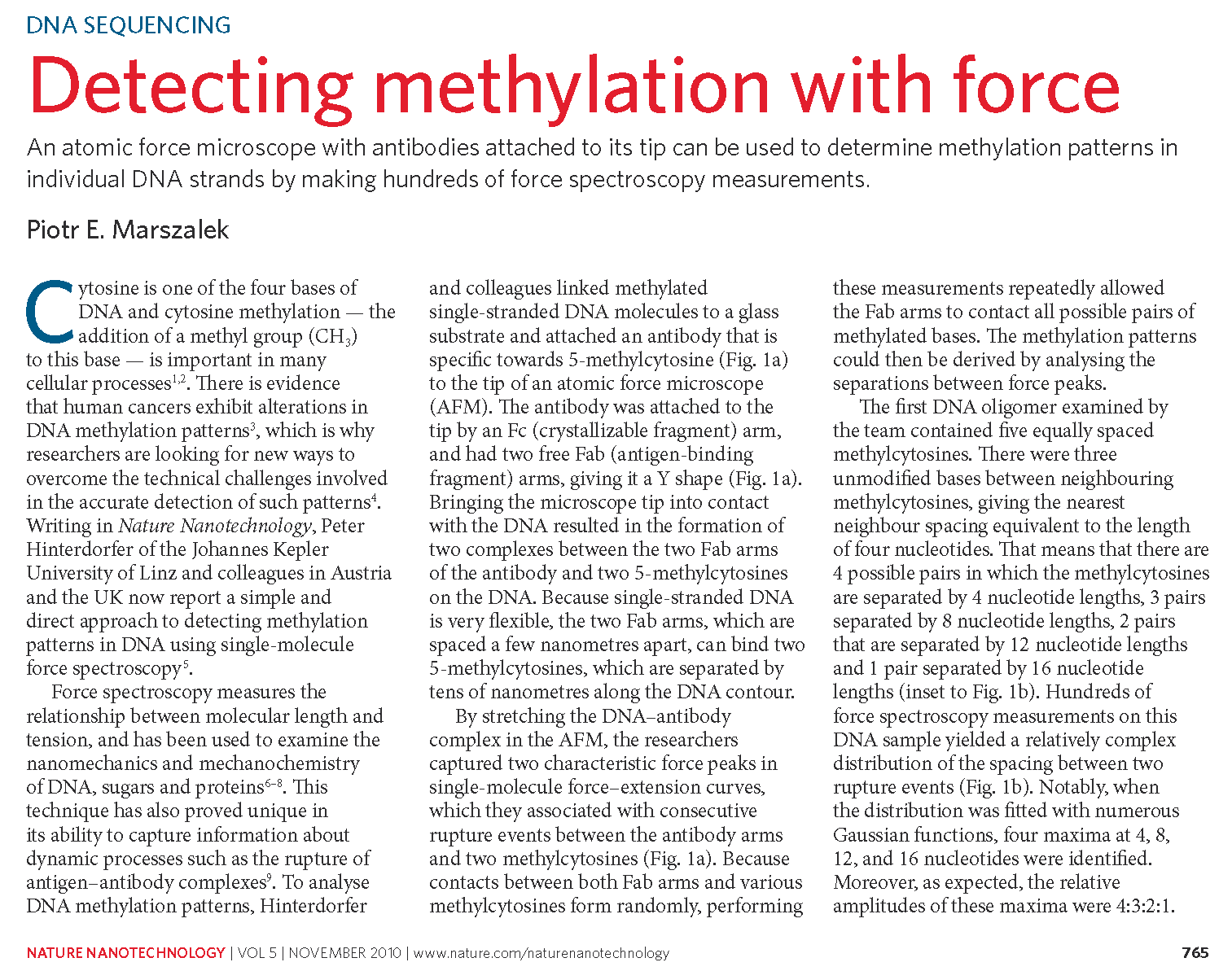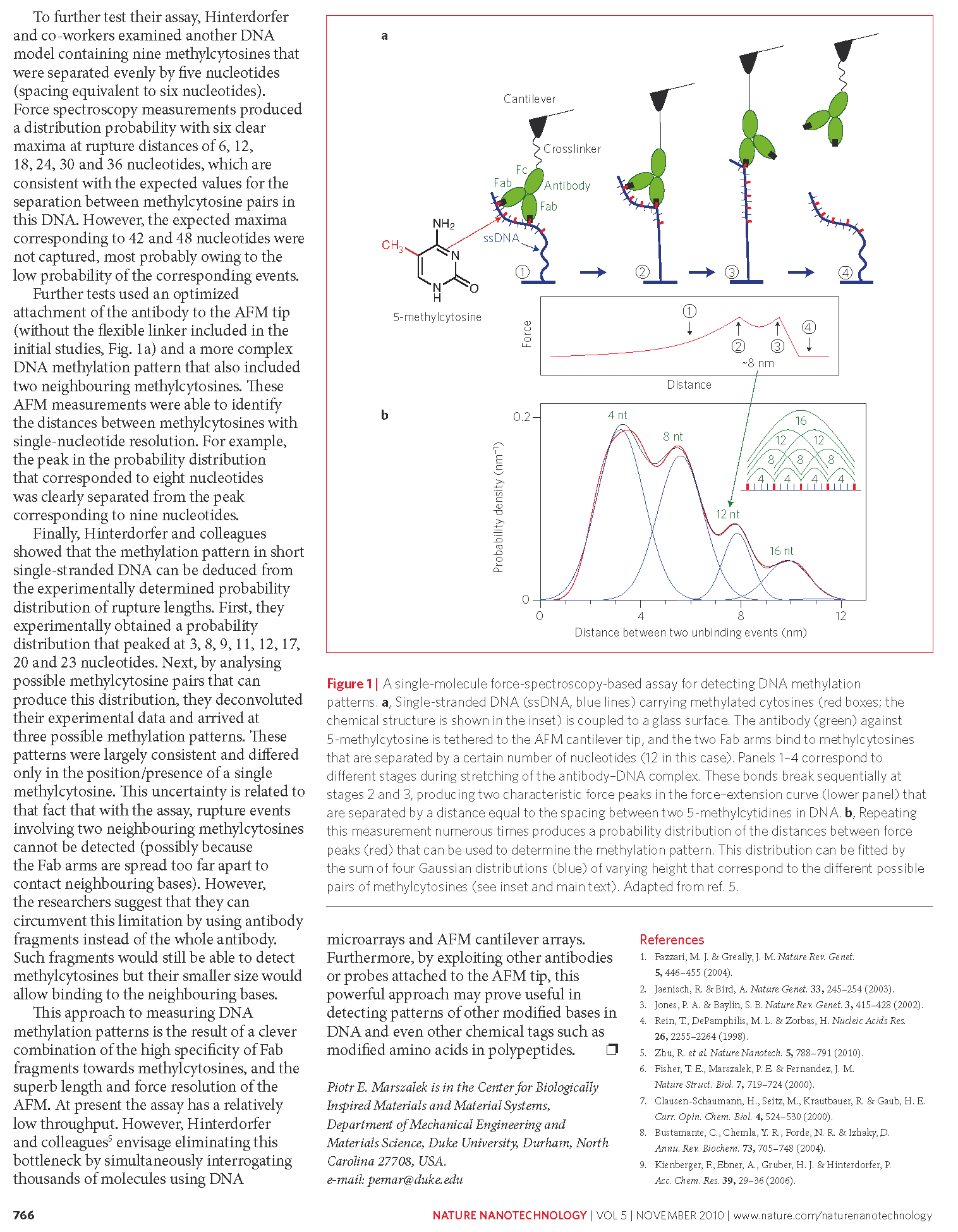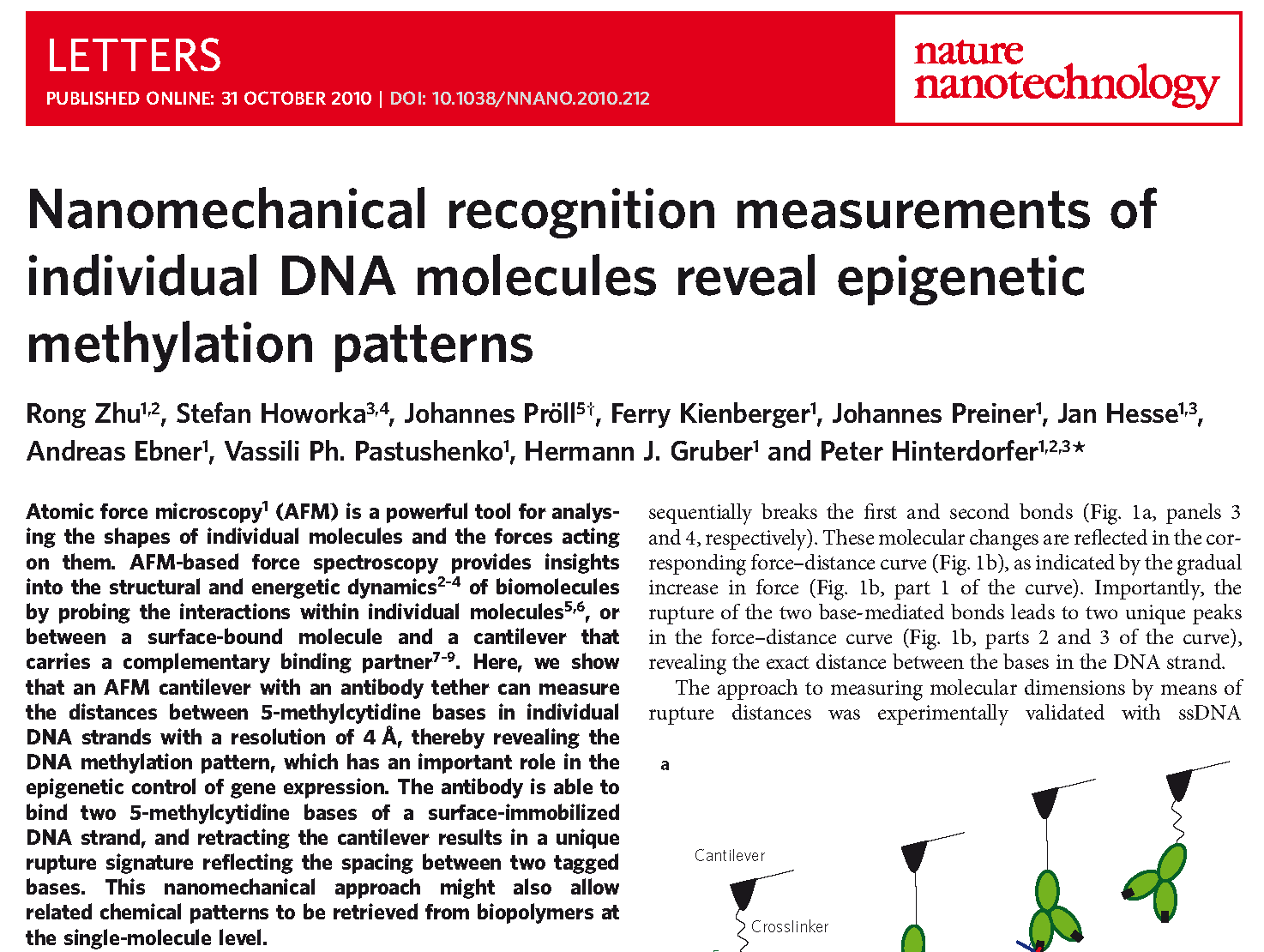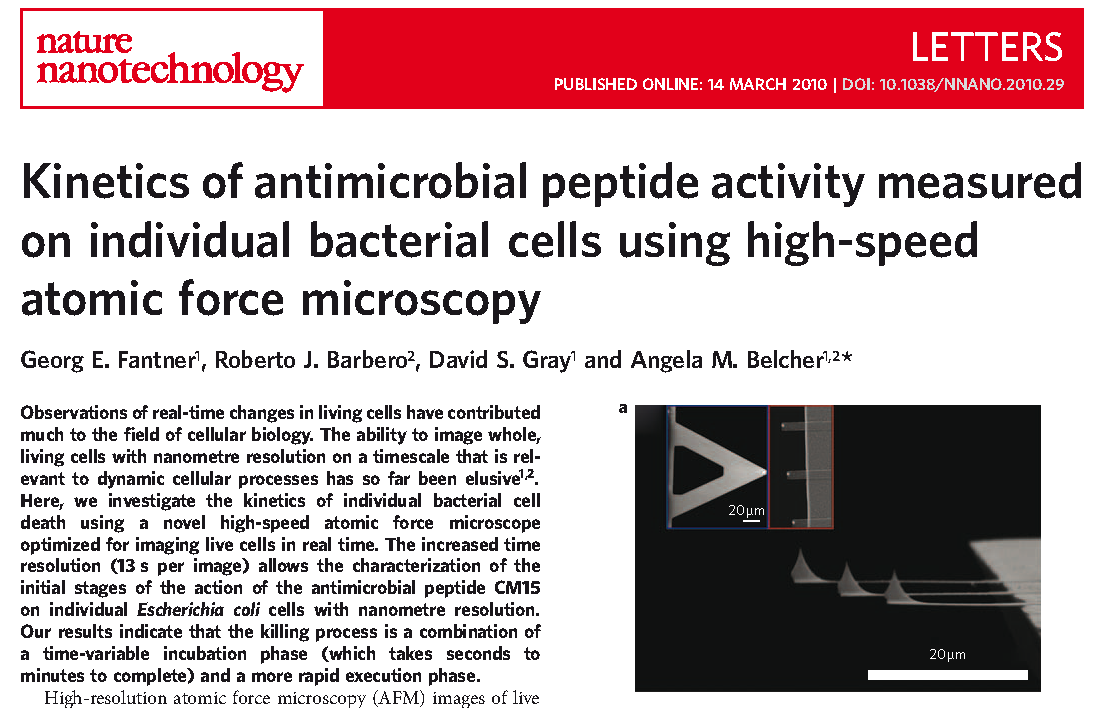




1The Molecular Foundry, Lawrence Berkeley National Laboratory Berkeley, CA 94720 (USA)
2Institute of Semiconductor and Solid State Physics, University Linz 4040 Linz (Austria)
3Lawrence Berkeley National Laboratory Berkeley, CA 94720 (USA)
4Present addresses: Center for Nanoscale Materials, Argonne National Laboratory, Argonne, IL 60439-4806, USA
5Present address: Department of Chemistry, University of Chicago, Chicago, IL 60637, USA
email: Elena V. Shevchenko (eshevchenko@anl.gov) A. Paul Alivisatos (apalivisatos@lbl.gov)
*Correspondence to Elena V. Shevchenko, The Molecular Foundry, Lawrence Berkeley National Laboratory Berkeley, CA 94720 (USA).
*Correspondence to A. Paul Alivisatos, The Molecular Foundry, Lawrence Berkeley National Laboratory Berkeley, CA 94720 (USA).
The work at the Molecular Foundry, Lawrence Berkeley National Laboratory, and at the Center for Nanoscale Materials was supported by the Office of Science and Office of Basic Energy Sciences of the U.S. Department of Energy under Contract Nos. DE-AC02-05CH11231 and DE-AC02-06CH11357, respectively. We acknowledge Dr. Jeffrey B. Kortright for helpful discussions. M.I.B., M.V.K., and W.H. acknowledge financial support from the Austrian Science Foundation FWF (Project start Y179) and from the Austrian Nanoinitiative (Project NSI). Supporting Information is available online from Wiley InterScience or from the author.
Funded by:
Keywords
semiconductor nanoparticles • core/shell materials • hollow nanostructures • Kirkendall effect • surface plasmon resonance
Abstract
Gold/iron oxide core/hollow-shell composite nanoparticles (NPs) with controllable shell thicknesses are synthesized (see figure). The gap between the Au core and iron oxide shell is formed as a result of different outward and inward diffusion rates of Fe and O, respectively. Control over interparticle interactions allows encapsulation of several Au cores inside one iron oxide shell. Superparamagnetic measurements of the NPs at room temperature demonstrate the plasmon resonance at 565 nm.
Received: 1 December 2007; Revised: 29 February 2008
|
For suggestions and requests please contact the
NSI-Project Coordination
|